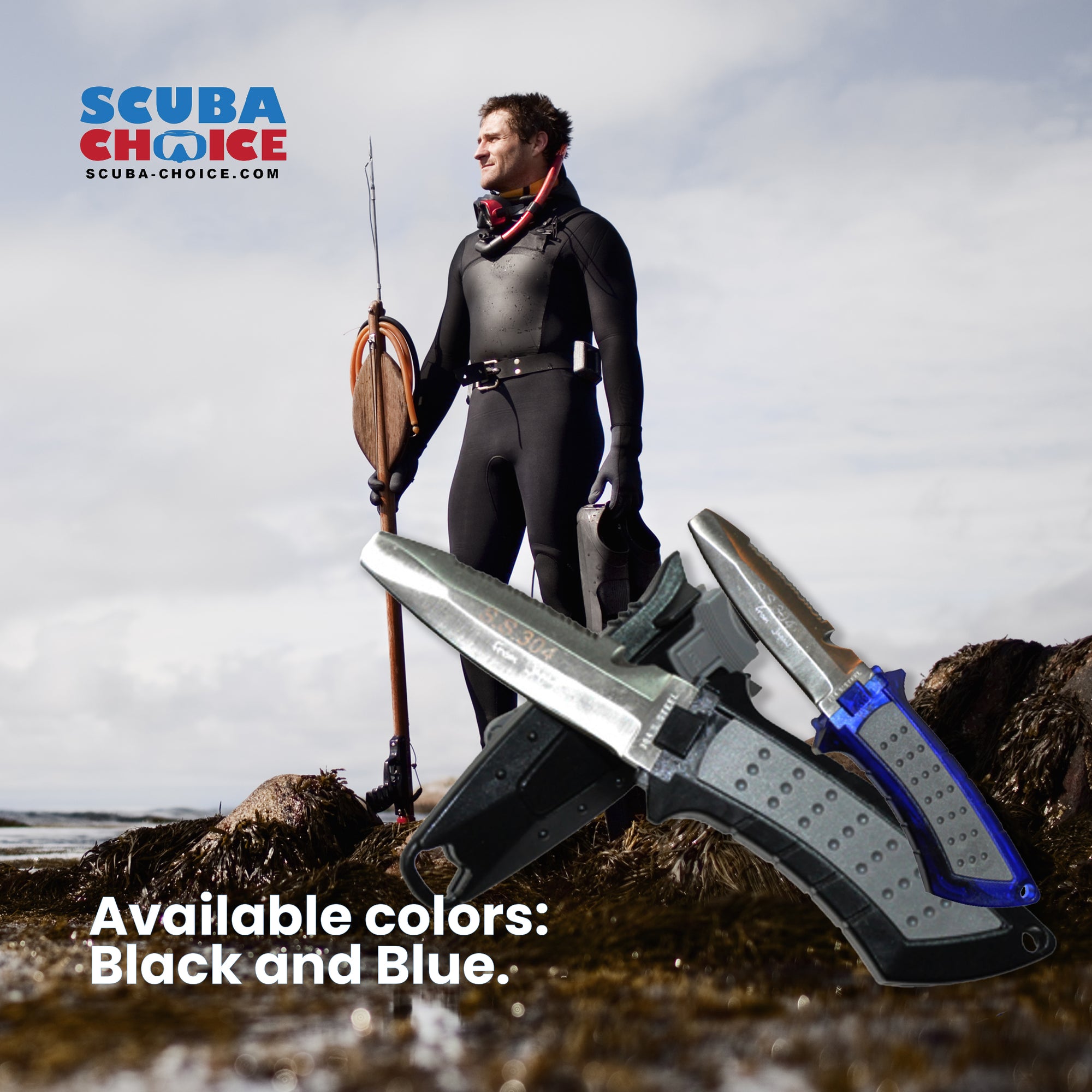

· By Stanley Batao
Spearfishing 101: Essential Gears for All Spearos
Spearfishing is an exciting, physically challenging, and deeply rewarding sport that allows you to immerse yourself in the underwater world while hunting fish in their natural habitat. To get the most out of your spearfishing adventures and ensure both your safety and success, having the right gear is essential. Whether you're a beginner or an experienced spearo, understanding the necessary equipment is crucial for a smooth, enjoyable experience. Here’s a breakdown of the essential gear every spearfisher should have before diving into the sport.

1. Speargun or Pole Spear
Your primary tool in spearfishing is, of course, the weapon you use to catch fish. There are two main options: the speargun and the pole spear.
-
Speargun: The most commonly used tool in spearfishing, spearguns come in two types—band-powered and pneumatic. Band-powered spearguns use elastic bands to launch the spear, while pneumatic spearguns use air pressure. Band-powered spearguns are more popular due to their simplicity and ease of maintenance. They come in different sizes, and the right choice depends on the type of fish you are targeting and the environment you’ll be diving in. Longer spearguns are suitable for open water or blue water spearfishing, while shorter ones are ideal for reef hunting where maneuverability is key.
-
Pole Spear: A simpler, more traditional tool, the pole spear consists of a pole with a spear tip and a rubber band. The diver uses the band to propel the spear by hand. While it requires more skill and precision than a speargun, it’s a great option for beginners, especially in shallow waters.
2. Wetsuit
A wetsuit is crucial for protecting your body from the elements, such as cold water, sun exposure, and marine life (like jellyfish or sharp coral). Spearfishing wetsuits are typically designed with camouflage patterns to help you blend into your surroundings and avoid startling fish. These suits also provide thermal insulation, keeping you comfortable in colder waters. When selecting a wetsuit, consider the water temperature you’ll be diving in—thicker wetsuits (5-7mm) are better for colder waters, while thinner ones (1.5-3mm) work well in warmer climates.
3. Mask, Snorkel, and Fins

Having a good mask, snorkel, and fins is essential for seeing and moving efficiently underwater.
-
Mask: Your mask should offer a clear, unobstructed view with a comfortable fit that prevents water from leaking in. Low-volume masks are popular among spearfishers because they require less effort to equalize, making it easier to see clearly underwater.
-
Snorkel: A reliable snorkel allows you to breathe at the surface while keeping your face in the water, helping you conserve energy and maintain focus. Look for a snorkel with a flexible design that sits comfortably in your mouth.
-
Fins: Spearfishing fins are generally longer than regular diving fins to allow for more powerful and efficient kicks, which is important when diving deep or moving against currents. Fins made from plastic, fiberglass, or carbon fiber are all available, with carbon fiber being the lightest and most efficient, although more expensive.

4. Weight Belt
A weight belt helps you achieve neutral buoyancy underwater, allowing you to dive with ease without being too buoyant at the surface. The amount of weight you need depends on your body composition, the thickness of your wetsuit, and the depth of your dives. Most spearfishing weight belts are made of rubber, which stretches and moves with your body for added comfort.
5. Knife

A dive knife is an essential safety tool that can be used to cut yourself free from entanglements like fishing lines or kelp. It’s also useful for dispatching fish quickly and humanely once caught. Many spearfishers attach their knife to their leg, arm, or weight belt for easy access.
6. Float and Float Line
A float is a buoyant device that stays at the surface and is attached to your speargun or a float line. It serves several purposes: marking your location for the boat or dive buddy, providing a place to attach your catch, and offering buoyancy in case you need to rest. A float line allows you to track your speargun or pole spear if it gets separated from you after a shot.
7. Gloves and Booties
Gloves and booties protect your hands and feet from sharp rocks, fish spines, and cold water. They also improve grip when handling your speargun or fish. Choose gloves and booties that provide a balance between protection and flexibility for a comfortable, efficient dive.

Conclusion
Spearfishing requires a combination of specialized gear to ensure both safety and success. From the right weapon to thermal protection and accessories, investing in high-quality equipment will make your spearfishing experience smoother and more enjoyable. As you become more experienced, you may fine-tune your gear choices based on the specific environments you dive in and the fish you hunt, but this essential setup will get you off to a strong start in the world of spearfishing.
